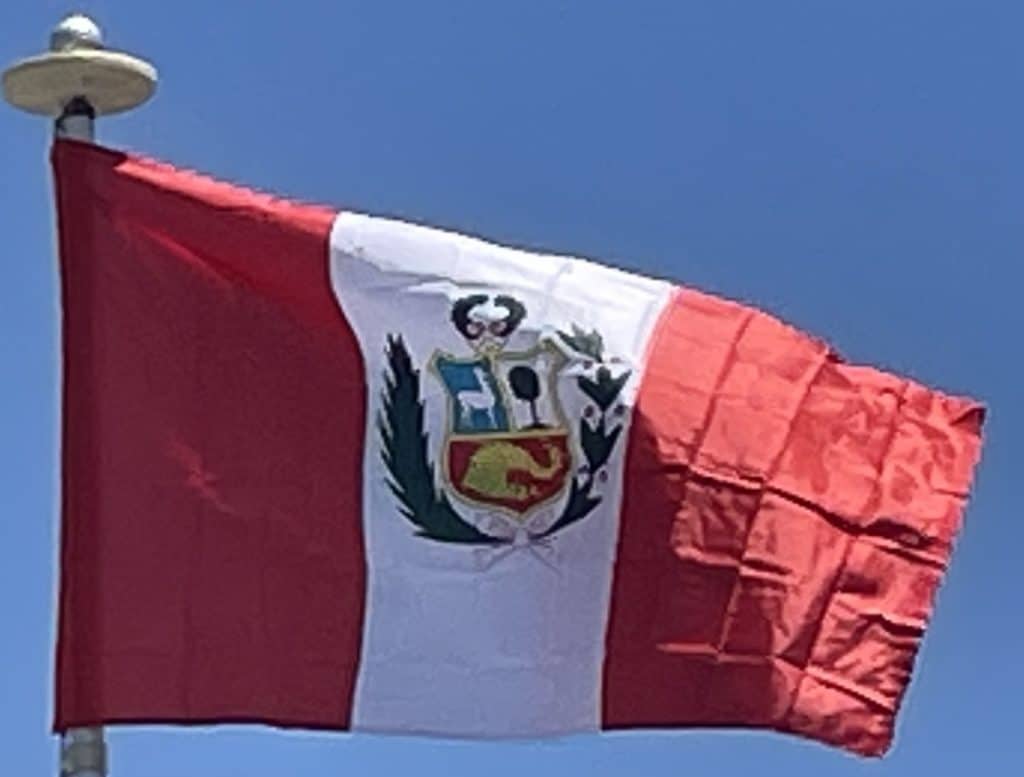With the help of Antonio José de Sucre, they defeated the larger Spanish army in the Battle of Junín on 6 August 1824 and the decisive Battle of Ayacucho on 9 December of the same year, consolidating the independence of Peru and Alto Peru. Alto Peru was later established as Bolivia. During the early years of the Republic, endemic struggles for power between military leaders caused political instability.
19th Century:
From the 1840s to the 1860s, Peru enjoyed a period of stability under the presidency of Ramón Castilla, through increased state revenues from guano exports. However, by the 1870s, these resources had been depleted, the country was heavily indebted, and political in-fighting was again on the rise. Peru embarked on a railroad-building program that helped but also bankrupted the country.
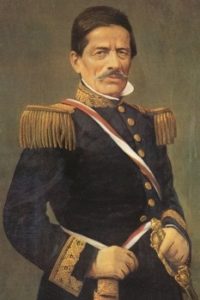
In 1879, Peru entered the War of the Pacific which lasted until 1884. Bolivia invoked its alliance with Peru against Chile. The Peruvian Government tried to mediate the dispute by sending a diplomatic team to negotiate with the Chilean government, but the committee concluded that war was inevitable.
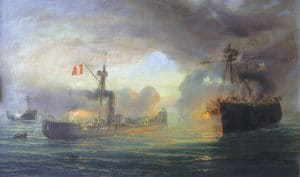
Chile declared war on 5 April 1879. Almost five years of war ended with the loss of the department of Tarapacá and the provinces of Tacna and Arica, in the Atacama region. After the War of the Pacific, an extraordinary effort of rebuilding began. The government started to initiate a number of social and economic reforms in order to recover from the damage of the war. Political stability was achieved only in the early 1900s.
20th Century:
Internal struggles after the war were followed by a period of stability under the Civilista Party, which lasted until the onset of the authoritarian regime of Augusto B. Leguía. The Great Depression caused the downfall of Leguía, renewed political turmoil, and the emergence of the American Popular Revolutionary Alliance (APRA). A final peace treaty in 1929, signed between Peru and Chile called the Treaty of Lima, returned Tacna to Peru. Between 1932 and 1933, Peru was engulfed in a year-long war with Colombia over a territorial dispute involving the Amazonas Department and its capital Leticia.
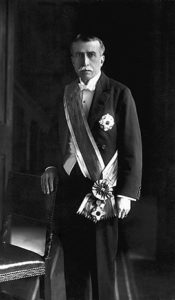
Later, in 1941, Peru and Ecuador fought the Ecuadorian–Peruvian War, after which the Rio Protocol sought to formalize the boundary between those two countries. Peru and Ecuador would fight still two more wars over boundaries up to 1995.
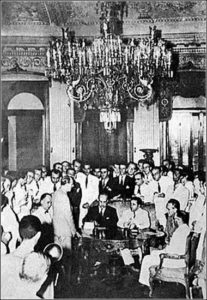
The economic turbulence of the time acerbated social tensions in Peru and partly contributed to the rise of violent rebel rural insurgent movements, like Sendero Luminoso (Shining Path) and MRTA, which caused great havoc throughout the country. Concerned about the economy, the increasing terrorist threat from Sendero Luminoso and MRTA, and allegations of official corruption, Alberto Fujimori assumed presidency in 1990. Fujimori implemented drastic measures that caused inflation to drop from 7,650% in 1990 to 139% in 1991.
